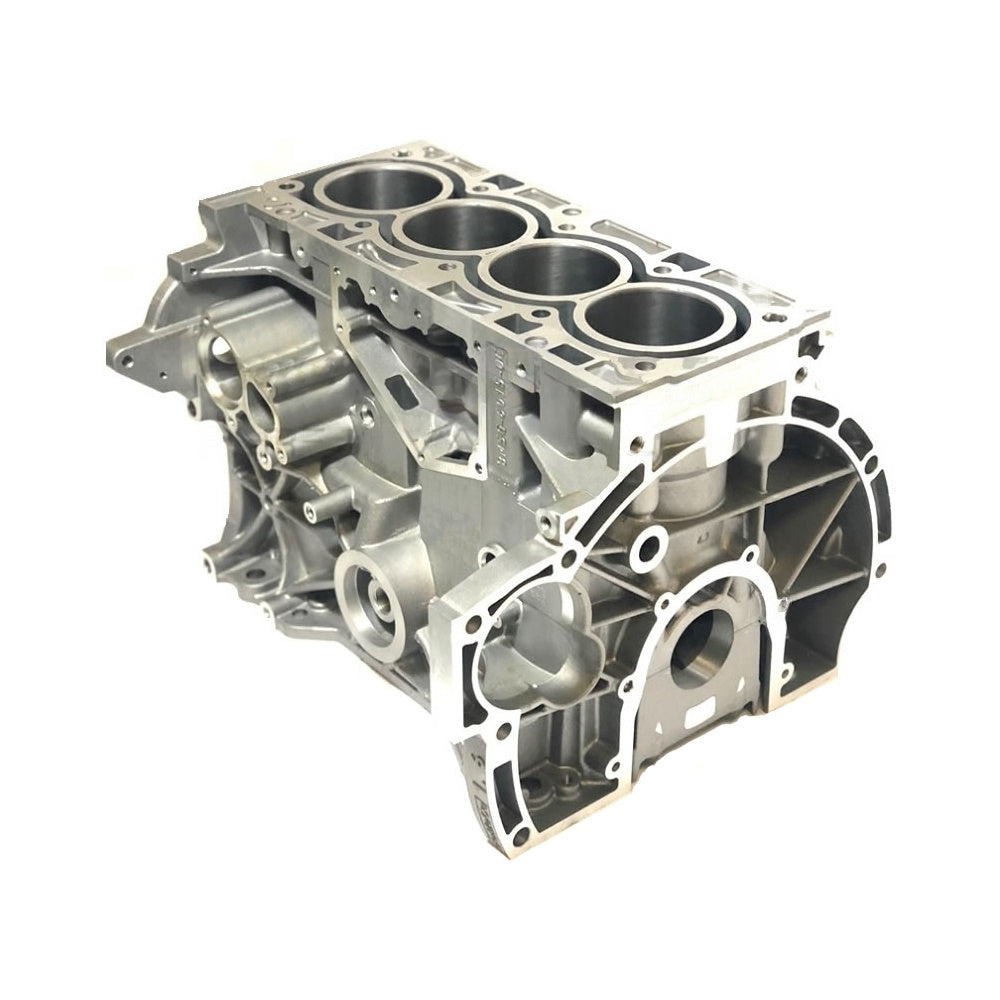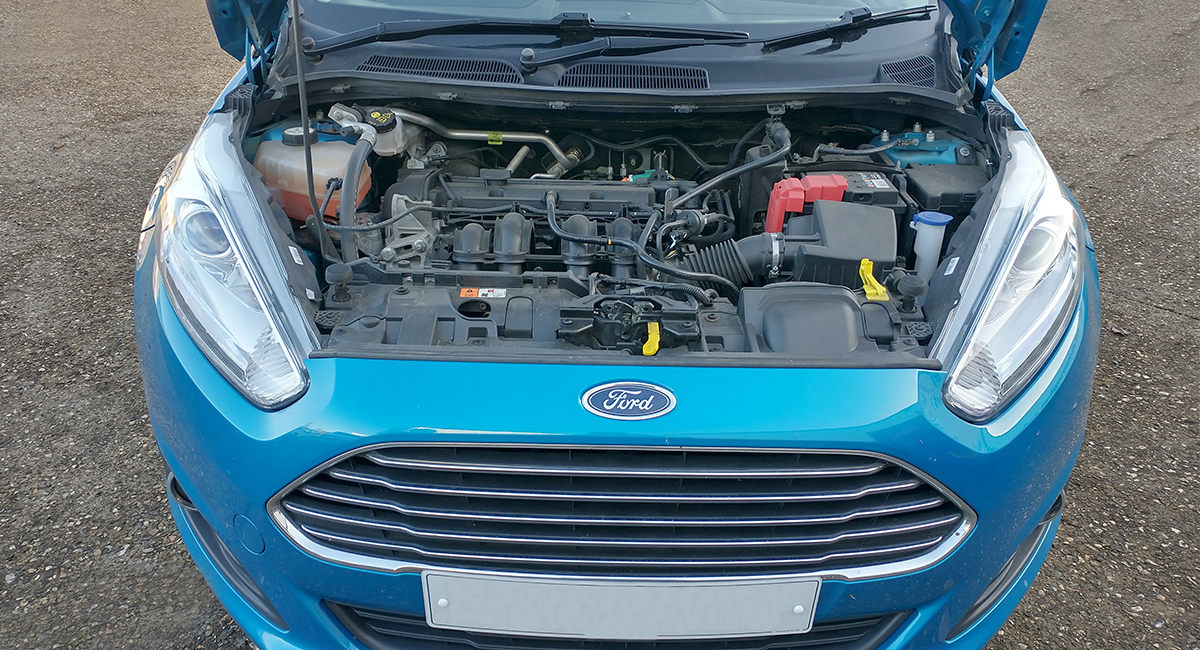Upgrade Your Ford Fiesta Engine for Better Fuel Economy and Power
Upgrade Your Ford Fiesta Engine for Better Fuel Economy and Power
Blog Article
The Future of Engines: Technologies Driving Lasting Power Solutions
As the auto sector browses the essential change towards sustainability, the future of engines is significantly defined by groundbreaking advancements. Electric engine improvements, alongside promising growths in hydrogen gas cells and biofuels, are reshaping the landscape of power solutions. The development of crossbreed systems even more complicates this evolution, offering both challenges and chances to reduce emissions efficiently. Coupled with the integration of expert system in engine style, these technological strides elevate important inquiries concerning their long-term feasibility and impact on standard standards. What might this indicate for the industry and customers alike?
Electric Engine Advancement
The development of electrical engine developments represents an essential shift in the automotive and aerospace markets, driven by the immediate need for sustainable choices to fossil fuels. This change is characterized by considerable innovations in battery innovation, power electronics, and electrical motor design, which collectively enhance the efficiency and efficiency of electric engines.
Recent developments have resulted in the creation of lighter, more energy-dense batteries, such as lithium-silicon and solid-state batteries, which assure longer arrays and shorter charging times. In addition, renovations in electrical motor efficiency, such as making use of irreversible magnets and progressed cooling systems, make it possible for electrical engines to operate efficiently under differing problems. These improvements not just boost vehicle efficiency yet additionally add to a reduction in total energy usage.
Additionally, the combination of advanced software application algorithms has enhanced energy management in electric vehicles, enabling regenerative braking and anticipating charging approaches. As makers progressively welcome electric propulsion, the auto and aerospace sectors are experiencing a paradigm change towards greener innovations. This evolution not only fulfills regulatory needs but additionally aligns with consumer choices for ecologically pleasant transportation remedies, solidifying electrical engines as a cornerstone of future lasting mobility.
Innovations in Biofuels
As the automobile and aerospace industries progressively focus on lasting energy sources, improvements in biofuels become a complementary option to electrical engines. Biofuels, originated from natural materials such as crops, waste, and algae, offer an ingenious method for decreasing greenhouse gas emissions and reliance on fossil gas.
Current research has concentrated on improving the performance and sustainability of biofuel manufacturing. Second-generation biofuels utilize non-food feedstocks, reducing competition with food supply and minimizing ecological influence. Innovations in artificial biology have actually made it possible for the design of bacteria to create biofuels much more efficiently, leading to higher yields and lower manufacturing prices.
In addition, the growth of drop-in biofuels permits for smooth combination right into existing framework, enabling a smoother transition for industries traditionally based on fossil fuels. ford fiesta engine. These gas can be used in present engines without alterations, promoting their fostering throughout different markets
Investments in biofuel innovation, together with supportive plans, are vital to drive innovation and scalability. As the international area looks for to fight climate change, biofuels supply a pragmatic, immediate solution that straightens with the overarching goal of sustainability in transportation and aeronautics.
Hydrogen Gas Cell Innovation
An expanding variety of scientists and companies are exploring hydrogen fuel cell modern technology as a viable alternative to traditional source of power in transport and power systems. This innovation converts chemical energy from hydrogen right into electrical power with an electrochemical response, with water as the only by-product, making it an eco-friendly choice.
The core of hydrogen gas cells is the fuel cell pile, where hydrogen molecules are divided into electrons and protons. The flow of electrons produces electrical power, while protons relocate through a membrane to incorporate with oxygen from the air, forming water. This procedure causes high effectiveness and reduced emissions, placing hydrogen gas cells as a crucial gamer in the transition to sustainable power.
Considerable developments have actually been made in enhancing the toughness and effectiveness of fuel cells, alongside decreasing prices through ingenious production methods. The advancement of hydrogen manufacturing approaches, such as electrolysis powered by renewable energy sources, improves the sustainability of the general system. As framework for hydrogen refueling expands and production techniques come to be much more efficient, hydrogen gas cell technology holds great guarantee for decarbonizing different fields, including heavy-duty transport and fixed power generation.
Crossbreed Equipments and Their Influence
Hybrid systems stand for a substantial advancement in sustainable engine technology, merging traditional internal combustion engines with electrical propulsion to maximize power performance and lower discharges (ford fiesta engine). This dual strategy permits cars to utilize both power resources, making it possible for higher versatility in power consumption and reducing dependence on nonrenewable fuel sources

In addition to environmental his comment is here benefits, crossbreed systems supply consumers a practical transition in the direction of totally electric vehicles. They reduce range anxiousness by combining the ease of fuel with the benefits of electrical propulsion, making them an appealing choice for a broader target market. As manufacturers purchase hybrid technology, the development of even more you could try this out innovative battery systems and light-weight products remains to improve efficiency. On the whole, hybrid systems stand for an essential step in the direction of accomplishing sustainable transport and attending to the urgent requirement for ecologically pleasant power remedies.
The Function of AI in Engine Design
Leveraging innovative algorithms and artificial intelligence methods, the automotive market is increasingly incorporating expert system (AI) into engine layout procedures. AI boosts the performance and efficiency of design by evaluating substantial datasets to identify optimal setups and efficiency criteria. This capacity permits engineers to mimic different operating problems and forecast engine actions under multiple situations, significantly decreasing the moment and price related to standard prototyping methods.
Moreover, AI helps with the growth of innovative materials and combustion processes tailored for sustainability. By optimizing fuel efficiency and decreasing exhausts, AI-driven styles straighten with global initiatives aimed at reducing the carbon footprint of automotive engines. Artificial intelligence algorithms can additionally forecast upkeep demands, leading to boosted integrity and long life of engine components.
Furthermore, AI contributes in the integration of electrification technologies, such as hybrid systems, where it can optimize battery management and energy recovery processes. As the sector relocates in the direction of even more sustainable power options, the function of AI in engine style comes to be increasingly important, driving technology and boosting the efficiency of future engines. Eventually, the partnership in between AI and engine layout advertises a brand-new period of smarter, cleaner, and much more effective auto modern technologies.

Final Thought
Finally, the future of engines is being formed by a convergence of innovative innovations that focus on sustainability. Electric engine innovations, biofuel developments, hydrogen gas cells, and hybrid systems collectively contribute to a considerable reduction in discharges and ecological influence. In addition, the integration of synthetic intelligence in engine style improves effectiveness and efficiency. These transformative remedies underscore a commitment to creating a cleaner, a lot more lasting vehicle landscape, inevitably profiting both culture and the setting.
Electric engine advancements, along with encouraging advancements in hydrogen fuel cells and biofuels, are reshaping the landscape of power solutions. In addition, enhancements in electric motor efficiency, such as the use of irreversible magnets and progressed cooling systems, enable electrical engines to operate effectively under differing problems. By optimizing gas effectiveness and reducing emissions, AI-driven layouts line up with global initiatives intended at minimizing the carbon impact of automobile engines. As the market moves in the direction of even more sustainable power solutions, the duty of AI in engine layout comes to be significantly essential, driving advancement and improving the performance of future engines. Electric engine innovations, biofuel growths, hydrogen gas cells, and crossbreed systems jointly add to view it a considerable reduction in emissions and ecological influence.
Report this page